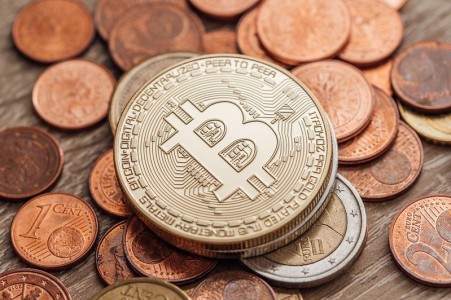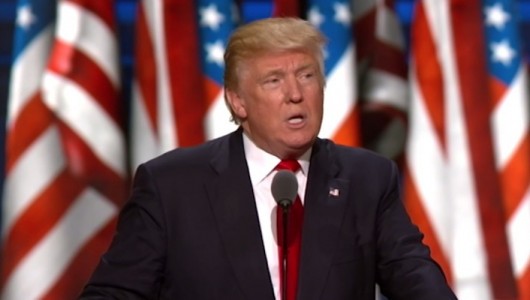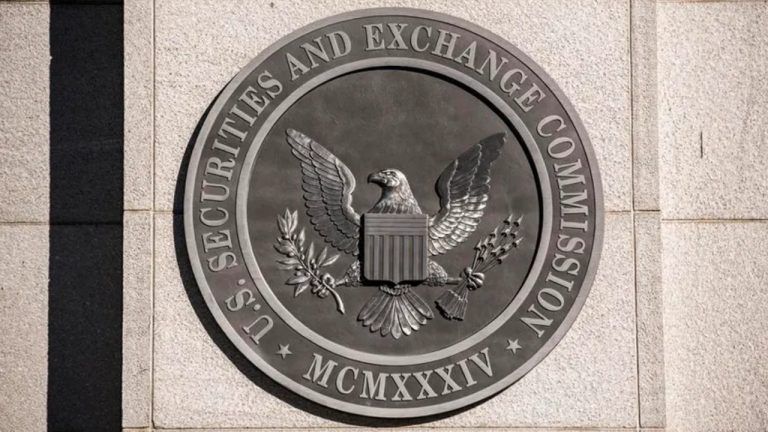What Determines the Price of a Cryptocurrency Coin?

Apart from people who dislike cryptocurrencies and don’t see them as having any value since it is not a physical asset, there are crypto enthusiasts who don’t know how price is determined.
As you already know, the price and value of cryptocurrencies differ; Bitcoin’s price and total value differ from Ethereum’s.
Data provided by Coin Price Trackers show a significant difference in the price of even closely related cryptocurrencies.
This makes you curious about what determines the price of each of the cryptocurrencies in existence; continue reading as we explore the major factors involved.
How Cryptocurrency Works
One needs to know how cryptocurrencies operate to learn the factors that determine the value of such digital assets.
Cryptocurrencies use a digital public ledger known as the blockchain to guarantee their existence and perform their functions.
Your cryptocurrencies are generated through a process known as mining, which is done by using a computer to solve some complex math problems, creating coins in return.
These coins are stored in a crypto wallet that uses private and public keys to ensure that you can transfer your crypto to another wallet address on the blockchain.
The public key can be shared with a third party and serves the same function as a bank account number, and a third party should not see your private key details.
Despite the perks that come with this “new money,” it still has a long way to go in adoption in different countries worldwide.
Crypto Price Vs. Fiat Price
Fiat has always compared to cryptocurrencies, including how the price and total value of each are determined.
Fiat is simply physical money, for example, the US dollar and the euro, while crypto can’t be seen and operates on blockchain technology.
In terms of price determinants, fiat is backed and controlled by a central body known as central banks and governments. This means that the creation of fiat, its declaration as a legal tender, is only made possible by the apex government or bank of a country.
The total supply of fiat is simply unlimited, central banks of a country can issue as much money as possible to the public; this is why the price and value can easily be affected during inflation.
Since the central governments and banks control the fiat currency system, they also indirectly influence the inflation rate in the country.
This is far from how the price of cryptocurrencies is and the bodies that control it; the crypto industry is decentralized, and nobody or organization controls it.
So unlike fiat, whose price and value are influenced by inflation, cryptocurrency can’t be affected because the majority of cryptos come with a limited supply.
Factors That Determine The Price Of a Cryptocurrency
Supply And Demand
One of the factors that play a significant role in determining if a cryptocurrency remains relevant, the price, and the total value is the supply and demand.
This is just like any other asset with value; the more people demand a product, currency, or asset, its value increases.
The more a cryptocurrency gains more popularity both on the individual and the organizational side, the price of such crypto is more likely to be higher than one that is rarely used or known by people.
However, the developers of a cryptocurrency should always protect the crypto’s reputation since it is directly related to its demand in the crypto community.
For instance, if a coin is known as a medium for carrying out too many scams or is vulnerable to hacking attempts, it might be hard to increase demand for such coins.
It is hard for a coin to regain its value and all-time high price back then for its price to go up. A bad reputation or a low demand for a cryptocurrency can easily make their price go from $250 per one to $25 within minutes or hours.
Tokenomics
Especially if you are not just a regular crypto enthusiast but an investor, you will need to learn how to study the tokenomics of a cryptocurrency before you even buy one.
Tokenomics reveals a lot about the value of crypto both in the present and in the future, so it is a fundamental price determinant.
For instance, if a cryptocurrency has about 15 percent of it sold to the public and about 85 percent reserved, such a coin is more likely to go down in value in the long term.
While evaluating the tokenomics of a coin, other essential data to look up are the coin burning mechanism, the emission rate, and the buyback rate.
Applications And Underlying Technology
Nobody wants to buy a cryptocurrency that does not have any practical application; it doesn’t matter the hype it gets from its community at the moment.
Sometimes people are blinded by the social media frenzy on a particular cryptocurrency that they fail to ask reasonable questions about the technology the crypto is built on and its real-world applications.
Crypto with verifiable and undeniable use cases tends to grow in value and price more than one based on empty promises and no real-world applications.
For instance, one of the reasons why Ethereum gas went from $0 to more than a thousand dollars is because of the numerous functions it performs on the blockchain. Etherium aids smart contracts and enables supply chain management, identity management, finance, and many other applications.
Node Count
Some investors who are just getting started in the crypto market often forget to check this vital aspect of a crypto project, the node count.
In simple terms, a node count is just the evaluation of the total individual crypto wallets that have a particular cryptocurrency active in their wallet.
It is not hard to find the node count of most cryptocurrencies; most of them have their node count data displayed on the official website of the crypto project.
There is a reason why the node count of a cryptocurrency is significant; it helps an investor to know how strong the community support of a crypto project is. If a crypto project has a vast number of nodes, it is more likely to succeed even in times of market corrections or bearish seasons.
So if the node count of coin A is ten and the node count of coin B is 100,000, coin A is more likely to fail or lose its community in times of crisis. It does not matter if the transactions performed in coin A are worth more than those in coin B; the more users crypto has, the more it will succeed.
Cryptocurrency’s Community
Any project in the crypto industry that does not have the backing of its community is more liable to fail than one with a strong community.
In other words, the community of a cryptocurrency can directly or indirectly affect the price and the total value of the coin.
The success of Bitcoin, the pioneer cryptocurrency, is also attributed to the fact that it has a community that gives it strong backing. Many community members will still believe in Bitcoin even when it gets zero dollars.
While this may sound unreasonable to a non-crypto enthusiast, cryptocurrency’s price, value, success, and longevity are directly or indirectly tied to how strong its community is.
Regulations And Restrictions
The regulations and restrictions that the governments of different countries impose on cryptocurrencies affect their price from time to time.
These regulations target cryptocurrencies that have gone beyond social media frenzy and have real-world applications; a good example is Bitcoin.
Regulations and restrictions are not suitable for the crypto industry; it often deviates from the crypto industry’s core values and identity, which is decentralization.
Governments of different countries often seek to have control of the price of cryptocurrencies or have a central body that regulates the price and supply. Some countries that imposed restrictions on cryptocurrencies which affected the price negatively are China, Russia, and a few others.
Social Media Popularity
Social media is an inevitable tool that helps to drive the movement of massive cryptocurrency adoption and propagation of many crypto projects.
Most crypto projects are on Twitter and other major social media outlets because they know a crypto project is more likely to succeed when it has more audience.
If a crypto project doesn’t have a social media platform or uses for communications, the little community it may have might not get quick information about upgrades, promotions, and other vital information.
The price of a cryptocurrency that has a solid social media presence and community is more likely to be higher than the one with little or no social media or digital communication.
Wrapping Up
Volatility is one thing that is obvious in the crypto market; the price of a cryptocurrency can go from $1500 in the morning to $250 later in the day.
Apart from volatility, some factors determine the price of a cryptocurrency, such as its mass adoption, the node count, real-life applications, and many others.
So before you buy or invest in any crypto project, you must consider some of these factors to avoid making a wrong investment.









